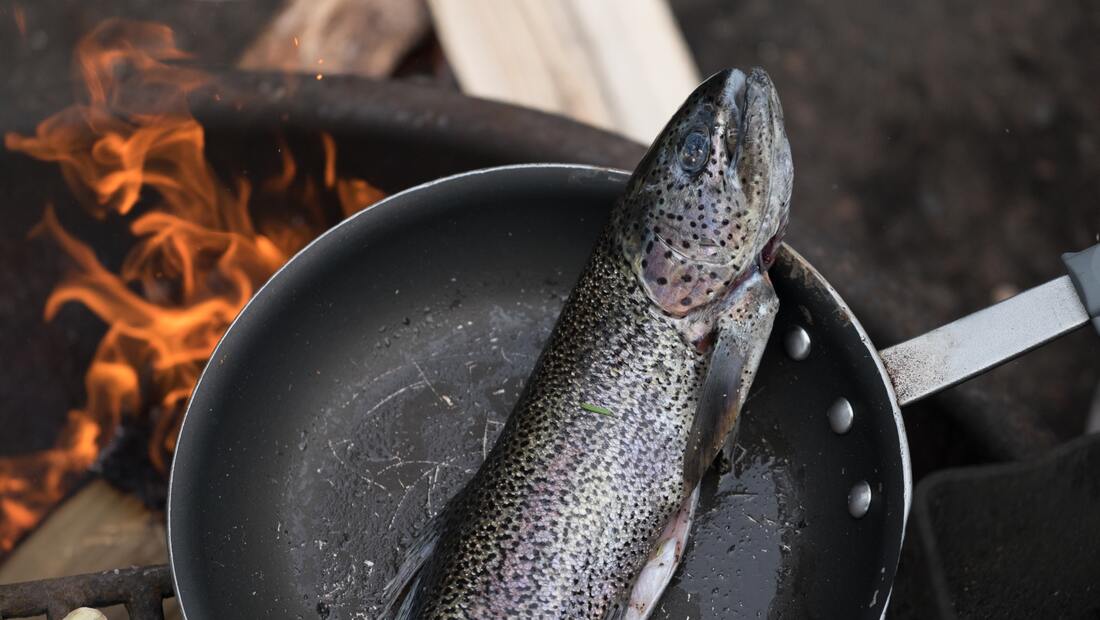|
SEARCH My Blog (Opens in new tab)
At home - three exercises, three sets, three times a week Photo by John Salzarulo on Unsplash As we age a loss of strength can lead to a loss of confidence in taking on resistance training. We imagine a power-lifter and the pain of training, and we revert to an all-aerobic exercise pattern. That helps our heart but not our posture and our increasing frailty. Here's good news. Slow low-intensity resistance training will rebuild your muscle mass and help you stand taller and less likely to fall. You can do it at home, and there is plenty of evidence of the "effect of very low-intensity resistance training with slow movement on muscle size and strength in healthy older adults". By taking up a program, in your home, of regular slow low-load exercises, you will rebuild your muscle mass and enjoy an active life for longer. This program will significantly slow, if not reverse, the 1% per year loss of muscle mass that is typical for adults aged 60 years and older. Just like slow cooking develops the flavour, slow training will develop your muscles (and your muscular coordination, tendons, and joints). What's "slow low-intensity" all about?Researchers have typically found that in previously inactive adults, slow low-intensity resistance training significantly increases the size and strength of muscles compared to "normal" low-intensity exercise. An example of a "normal" low-intensity resistance exercise is a pushup. You get set in the plank position, drop down and push back up. Most people would complete that movement in under one second. (And, to their detriment, most would not exercise the full range of motion.) An example of a slow low-intensity resistance exercise is the pushup, but like this:
As you read this example, you should be feeling the effort compared to the stock movement. You're right to feel that effort. Your bro who is going to pump out 40 normal flicks of pushups is not going to be able to do 40 slo-mos. Neither are you. So you start with a load which is about 30% of what you might otherwise do. For a pushup, starting on your knees will give you about 30% of a load of a full pushup. If that is too much, start with table-top pushups or wall pushups. The strain you will feel, even with a light load, is because of the time under load. Time under load - the magic ingredientWe are aiming for a time under load of 40 seconds, for each exercise. We are also aiming for extended time on the eccentric movement of each exercise. The eccentric movement is when you are stretching or extending your muscles phase as compared to contracting them. For a pushup, going down is the eccentric movement; for a squat descending is the eccentric movement; for a glute bridge, the eccentric movement is the lowering from the extended position. Scientists can't fully explain why time slow low-intensity exercise produces such good results, but believe that the time under load is a key. Therefore, you shouldn't cheat yourself. If one rep is 3 seconds down and up, and 1 second at the extended position, and 3 seconds back up, this totals 7 seconds. There is no stopping between reps. Therefore seven reps times seven seconds equals 49 seconds - a little over the magic number of 40 seconds. I recommend that you "add one rep for the pot" (since most people tend to chop their counting of seconds) and aim for 8 reps of each exercise. Three exercises, three sets of each, three times per weekYou only need do three exercises three times a week to get great benefits: 1. Squats
2. Pushups
3. Glute bridges
You'll soon start to feel the differenceThese three exercises comprise the entire routine. If you do this consistently, you will start to feel a difference in your strength after about 12 weeks. If you are not warmed up from everyday movements when you start, then swing your arms in circles, jog a little on the spot, and twist from side to side gently before your start. Then start with the squats, as they will get your blood flowing. When you are ready for a little more of a challenge, change the extending movements - the eccentric phase - to 5 seconds, with just 1 second for the contracting phase. For example, take 5 seconds to lower in the squat, hold for 1 second at the bottom position, and then push up to the top in 1 second. This longer eccentric phase will build extra muscle mass. Enjoy your slow low-intensity no-shock exercises. Be prepared for a decrease in waist circumference, hip circumference, and abdominal fat, and an increase in muscle strength, especially in your lower body. Good luck. > More posts to help you with EXERCISES > More posts to help you with DIABETES > If you are a @MEDIUM reader my publication Body Age Buster has hundreds of categorised posts which I have written especially for men and women over 50 Follow me on Quora for more health and fitness tips.
If you valued this article >> Follow me Leave a comment >> Share it >> Stay healthy If you have any questions email me and I will get back to you. Latest: get your free customised fitness plan designed uniquely for you.
|
ChoicesSince I was diagnosed at 50 with Type 2 diabetes I've been learning how to do bone-building fitness training which lowers my age. You can too. It's your choice. Walter Categories
All
Archives
May 2023
|
 RSS Feed
RSS Feed



